The automotive world is constantly evolving, with manufacturers vying for a competitive edge through innovative designs and technology. In this article, we’ll take a closer look at two popular contenders in the compact car segment: the Ford Puma and the Volkswagen Golf. Each model brings a unique set of strengths, catering to diverse driving preferences and lifestyles.
Ford Puma vs VW Golf – Differences & prices compared
Two cars, one duel: Ford Puma meets VW Golf.
Which one wins in performance, efficiency and value for money? Find out now!
Body Style and Design
The Ford Puma is classified as a compact SUV, featuring a more robust and elevated design. Its sporty silhouette and dynamic lines make it appealing to those seeking both functionality and style. The Puma offers a spacious interior that supports a five-seat configuration, making it practical for families or individuals needing extra room.
In contrast, the Volkswagen Golf is a staple hatchback that possesses a more traditional car aesthetic. Known for its refined elegance, the Golf combines versatility with a sleek design that appeals to a broad audience. Like the Puma, it also accommodates five passengers comfortably, though its trunk space is slightly smaller.
Performance and Engine Options
The Ford Puma offers a range of petrol engines, including mild-hybrid variants that enhance fuel efficiency. The engines produce anywhere from 125 to 168 horsepower, providing varied performance levels. The Puma also features a front-wheel-drive layout, ensuring a responsive driving experience. Notably, its acceleration times range from 7.4 to 9.8 seconds for 0 to 100 km/h, with top speeds reaching up to 210 km/h.
On the other hand, the Volkswagen Golf provides a broader spectrum of engine options, including petrol, diesel, and plug-in hybrid variants, with outputs reaching as high as 333 horsepower. The Golf also offers both front-wheel and all-wheel-drive configurations, accommodating different driving needs. Acceleration capabilities are impressive, with some variants clocking in at 4.6 seconds for the 0 to 100 km/h sprint, pushing its top speed to an exhilarating 270 km/h.
Fuel Efficiency and Emissions
When it comes to efficiency, the Ford Puma stands out with its mild-hybrid technology, allowing it to achieve consumption figures of 5.4 to 6 L/100 km. The lower CO2 emissions ratings will appeal to eco-conscious drivers, with figures ranging from 121 g/km to 129 g/km.
The Volkswagen Golf excels in this department as well, with consumption ratings as low as 4.3 L/100 km for some diesel and hybrid models. Its CO2 emissions vary from 113 g/km to 192 g/km, depending on the engine configuration. This broad spectrum in engine choices ensures that buyers can select a variant aligning with their environmental commitments.
Innovative Features and Technology
Ford has integrated several advancements in the Puma, including the latest infotainment system that boasts a user-friendly interface and seamless smartphone connectivity. Safety features are abundant, with various driver-assist technologies enhancing the driving experience, such as lane-keeping assist and adaptive cruise control. Additionally, the Ford Puma's design incorporates practical features like a spacious trunk that can accommodate bulky items, thanks to its “MegaBox” storage solution.
The Volkswagen Golf, on the other hand, continues to evolve with cutting-edge technology. Its infotainment system is highly regarded for its responsiveness and rich feature set, including augmented reality navigation. Safety and driver assistance are also top-notch, with features like emergency braking and adaptive lighting, ensuring a secure ride. Furthermore, the Golf boasts an impressive interior quality, showcasing premium materials that provide a comfortably upscale feel.
Conclusion: Which One Reigns Supreme?
Choosing between the Ford Puma and Volkswagen Golf ultimately depends on individual priorities. If you seek a compact SUV with a practical approach and innovative storage solutions, the Puma stands out as a solid choice. Meanwhile, if performance, a wider range of engine options, and a touch of luxury are at the top of your list, the Golf may be the better fit.
Both vehicles offer commendable features, striking a balance between practicality and performance. Regardless of your choice, both the Ford Puma and Volkswagen Golf promise fulfilling driving experiences that cater to modern needs.
Here’s where it gets real: The technical differences in detail
Costs and Efficiency:
Price and efficiency are key factors when choosing a car – and this is often where the real differences emerge.
Ford Puma has a minimal advantage in terms of price – it starts at 24800 £, while the VW Golf costs 25200 £. That’s a price difference of around 424 £.
Fuel consumption also shows a difference: VW Golf manages with 0.30 L and is therefore significantly more efficient than the Ford Puma with 5.40 L. The difference is about 5.10 L per 100 km.
As for range, the Ford Puma performs significantly better – achieving up to 376 km, about 233 km more than the VW Golf.
Engine and Performance:
Under the bonnet, it becomes clear which model is tuned for sportiness and which one takes the lead when you hit the accelerator.
When it comes to engine power, the VW Golf has a decisively edge – offering 333 HP compared to 168 HP. That’s roughly 165 HP more horsepower.
In acceleration from 0 to 100 km/h, the VW Golf is significantly quicker – completing the sprint in 4.60 s, while the Ford Puma takes 7.40 s. That’s about 2.80 s faster.
In terms of top speed, the VW Golf performs clearly perceptible better – reaching 270 km/h, while the Ford Puma tops out at 210 km/h. The difference is around 60 km/h.
There’s also a difference in torque: VW Golf pulls distinct stronger with 420 Nm compared to 290 Nm. That’s about 130 Nm difference.
Space and Everyday Use:
Beyond pure performance, interior space and usability matter most in daily life. This is where you see which car is more practical and versatile.
Both vehicles offer seating for 5 people.
In curb weight, VW Golf is minimal lighter – 1307 kg compared to 1316 kg. The difference is around 9 kg.
In terms of boot space, the Ford Puma offers clearly perceptible more room – 523 L compared to 381 L. That’s a difference of about 142 L.
In maximum load capacity, the Ford Puma performs slight better – up to 1283 L, which is about 46 L more than the VW Golf.
When it comes to payload, VW Golf barely noticeable takes the win – 508 kg compared to 469 kg. That’s a difference of about 39 kg.
Who comes out on top?
Overall, the VW Golf shows itself to be leaves the rival little chance and secures the title of DriveDuel Champion.
It convinces with the more balanced overall package and proves to be the more versatile choice for everyday use.
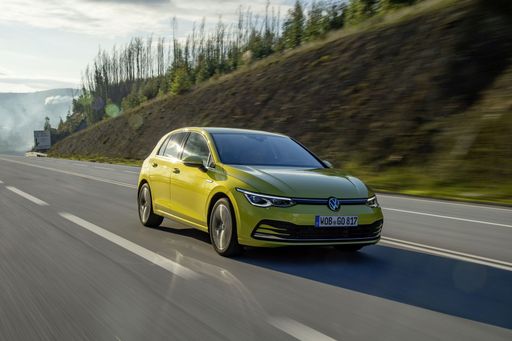 @ Volkswagen AG / VW Media
@ Volkswagen AG / VW Media
VW Golf
Ford Puma
The Ford Puma is a cheeky compact crossover that blends sporty styling with city-friendly practicality, giving drivers a surprisingly fun and composed ride. With clever storage tricks and a lively personality, it’s a smart pick for buyers who want enjoyment without fuss.
details @ Ford Motor Company / Ford Media Center
@ Ford Motor Company / Ford Media Center
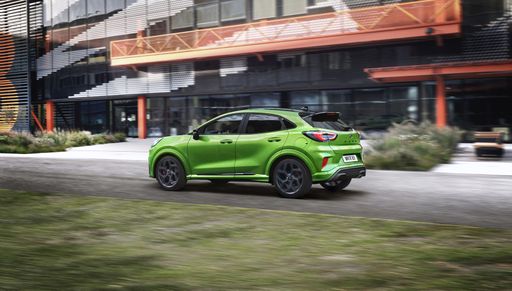 @ Ford Motor Company / Ford Media Center
@ Ford Motor Company / Ford Media Center
 @ Ford Motor Company / Ford Media Center
@ Ford Motor Company / Ford Media Center
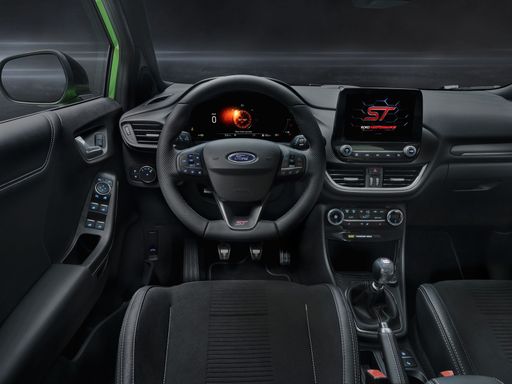 @ Ford Motor Company / Ford Media Center
@ Ford Motor Company / Ford Media Center
VW Golf
Der VW Golf überzeugt seit Jahrzehnten durch seine Vielseitigkeit und seine ausgewogene Mischung aus Komfort und Dynamik. Mit seinem zeitlosen Design und der hochwertigen Verarbeitung ist er ein treuer Begleiter im Alltag. Besonders beliebt ist der Golf wegen seiner innovativen Technologie und der großen Auswahl an Varianten, die für jeden Bedarf das passende Modell bietet.
details @ Volkswagen AG / VW Media
@ Volkswagen AG / VW Media
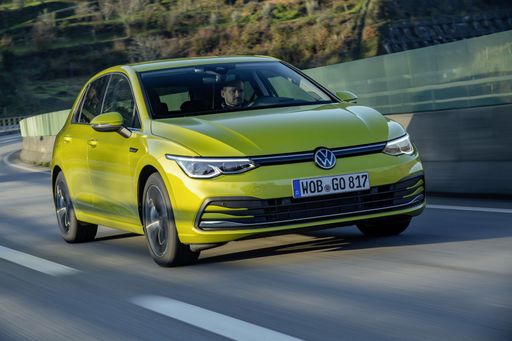 @ Volkswagen AG / VW Media
@ Volkswagen AG / VW Media
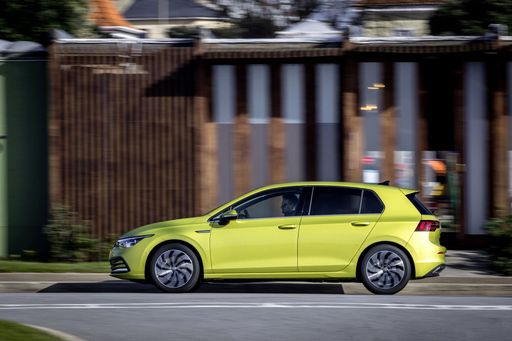 @ Volkswagen AG / VW Media
@ Volkswagen AG / VW Media
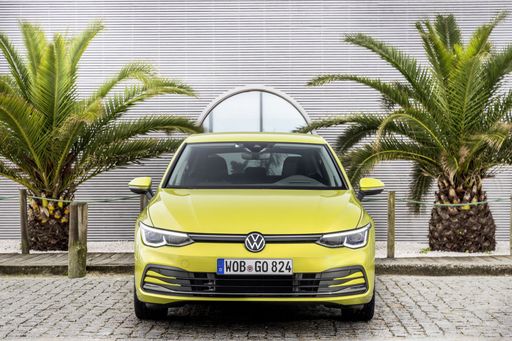 @ Volkswagen AG / VW Media
@ Volkswagen AG / VW Media
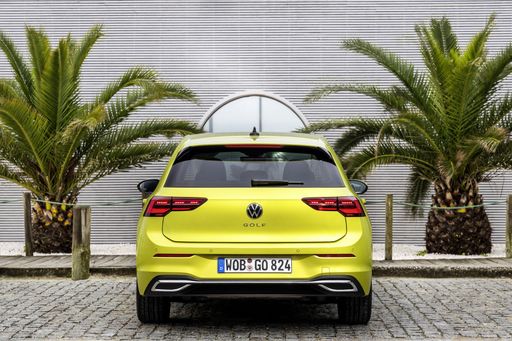 @ Volkswagen AG / VW Media
@ Volkswagen AG / VW Media
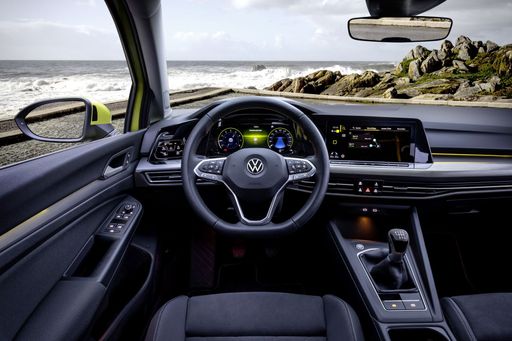 @ Volkswagen AG / VW Media
@ Volkswagen AG / VW Media
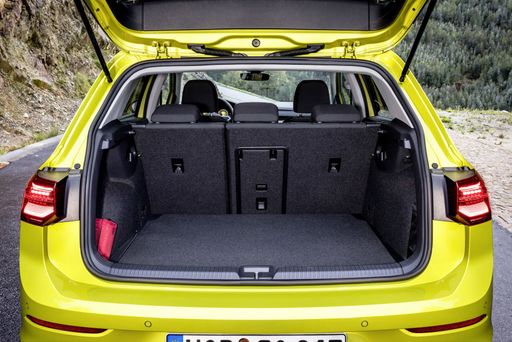 @ Volkswagen AG / VW Media
@ Volkswagen AG / VW Media
 @ Ford Motor Company / Ford Media Center
@ Ford Motor Company / Ford Media Center
|
 @ Volkswagen AG / VW Media
@ Volkswagen AG / VW Media
|
|
|
|
Costs and Consumption |
|
|---|---|
|
Price
24800 - 36300 £
|
Price
25200 - 51600 £
|
|
Consumption L/100km
5.4 - 5.9 L
|
Consumption L/100km
0.3 - 8.2 L
|
|
Consumption kWh/100km
13.1 - 13.9 kWh
|
Consumption kWh/100km
-
|
|
Electric Range
361 - 376 km
|
Electric Range
131 - 143 km
|
|
Battery Capacity
43 kWh
|
Battery Capacity
19.70 kWh
|
|
co2
0 - 135 g/km
|
co2
6 - 186 g/km
|
|
Fuel tank capacity
42 L
|
Fuel tank capacity
40 - 55 L
|
Dimensions and Body |
|
|---|---|
|
Body Type
SUV
|
Body Type
Hatchback
|
|
Seats
5
|
Seats
5
|
|
Doors
5
|
Doors
5
|
|
Curb weight
1316 - 1563 kg
|
Curb weight
1307 - 1668 kg
|
|
Trunk capacity
456 - 523 L
|
Trunk capacity
273 - 381 L
|
|
Length
4186 - 4226 mm
|
Length
4282 - 4296 mm
|
|
Width
1805 mm
|
Width
1789 mm
|
|
Height
1550 - 1555 mm
|
Height
1454 - 1483 mm
|
|
Max trunk capacity
1216 - 1283 L
|
Max trunk capacity
1129 - 1237 L
|
|
Payload
367 - 469 kg
|
Payload
431 - 508 kg
|
Engine and Performance |
|
|---|---|
|
Engine Type
Electric, Petrol MHEV
|
Engine Type
Petrol MHEV, Petrol, Plugin Hybrid, Diesel
|
|
Transmission
Automatic, Manuel
|
Transmission
Automatic, Manuel
|
|
Transmission Detail
Reduction Gearbox, Manual Gearbox, Dual-Clutch Automatic
|
Transmission Detail
Dual-Clutch Automatic, Manual Gearbox
|
|
Drive Type
Front-Wheel Drive
|
Drive Type
Front-Wheel Drive, All-Wheel Drive
|
|
Power HP
125 - 168 HP
|
Power HP
116 - 333 HP
|
|
Acceleration 0-100km/h
7.4 - 9.8 s
|
Acceleration 0-100km/h
4.6 - 10.2 s
|
|
Max Speed
160 - 210 km/h
|
Max Speed
202 - 270 km/h
|
|
Torque
170 - 290 Nm
|
Torque
220 - 420 Nm
|
|
Number of Cylinders
3
|
Number of Cylinders
4
|
|
Power kW
92 - 124 kW
|
Power kW
85 - 245 kW
|
|
Engine capacity
999 cm3
|
Engine capacity
1498 - 1984 cm3
|
General |
|
|---|---|
|
Model Year
2025
|
Model Year
2024 - 2025
|
|
CO2 Efficiency Class
A, D
|
CO2 Efficiency Class
D, B, F, G, C
|
|
Brand
Ford
|
Brand
VW
|
Is the Ford Puma offered with different drivetrains?
The Ford Puma is offered with Front-Wheel Drive.
The prices and data displayed are estimates based on German list prices and may vary by country. This information is not legally binding.
